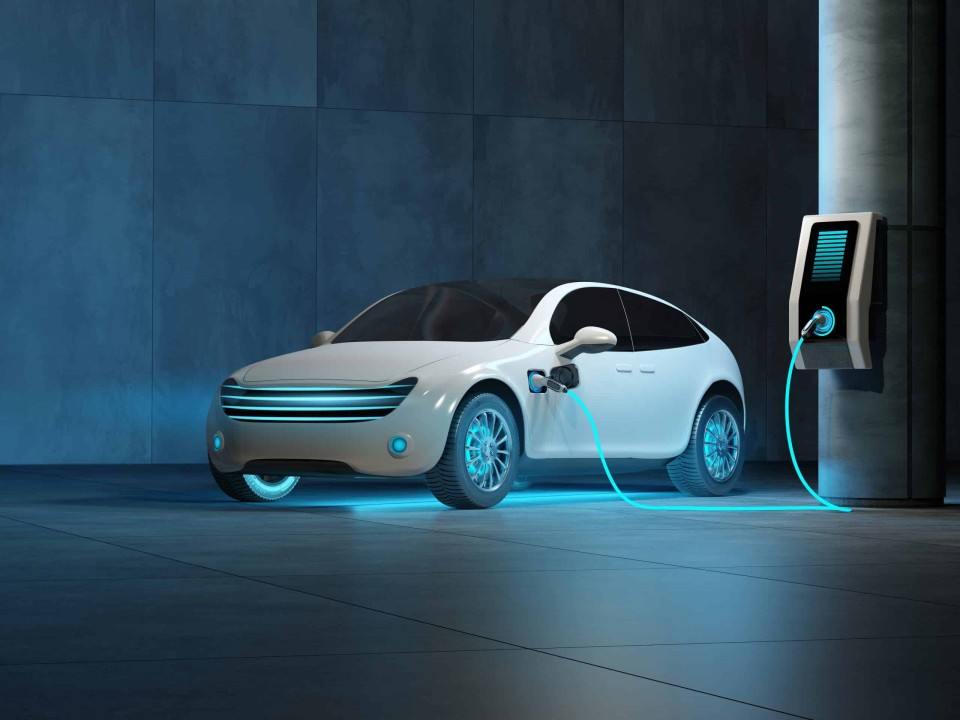The automotive industry is undergoing a transformative shift. Traditional gasoline-powered vehicles are gradually being replaced by electric cars, which promise a cleaner, more sustainable future for transportation. With advances in battery technology, charging infrastructure, and government incentives, electric cars have become increasingly accessible and practical for everyday use. From reducing greenhouse gas emissions to lowering long-term operating costs, electric cars are redefining what it means to drive in the 21st century.
This article explores the rise of electric cars, their benefits, challenges, types, and the innovations shaping the future of sustainable transportation.
1. Understanding Electric Cars
1.1 What Are Electric Cars?
Electric cars, also known as EVs (electric vehicles), are powered entirely or primarily by electric motors rather than internal combustion engines (ICEs). Instead of relying on gasoline or diesel, electric cars use rechargeable batteries to store energy, which powers the motor to drive the wheels. Some models, like hybrid electric vehicles (HEVs) and plug-in hybrids (PHEVs), combine traditional engines with electric motors, offering a bridge between conventional and fully electric driving.
1.2 How Electric Cars Work
Electric cars rely on three main components:
- Battery Pack: Stores electrical energy, typically lithium-ion or solid-state batteries.
- Electric Motor: Converts stored energy into mechanical power to drive the wheels.
- Controller: Manages energy flow, ensuring optimal performance and efficiency.
When you accelerate, the battery sends electricity to the motor, which propels the car. Regenerative braking systems in most electric cars also help recharge the battery by capturing energy during braking.
2. The Benefits of Electric Cars
2.1 Environmental Benefits
One of the primary advantages of electric cars is their minimal environmental impact:
- Zero Tailpipe Emissions: Unlike gasoline vehicles, electric cars produce no carbon dioxide or other pollutants while driving.
- Reduced Air Pollution: Widespread adoption of electric cars can improve urban air quality, benefiting public health.
- Renewable Energy Integration: EVs can be charged with electricity from solar, wind, or other clean energy sources, further reducing their carbon footprint.
2.2 Cost Savings
Although electric cars often have a higher upfront price, they can save money in the long term:
- Lower Fuel Costs: Electricity is generally cheaper than gasoline per mile driven.
- Reduced Maintenance: Fewer moving parts mean less wear and tear, resulting in lower repair costs.
- Government Incentives: Many countries offer tax credits, rebates, or reduced registration fees for electric vehicle owners.
2.3 Driving Experience
Electric cars offer unique performance benefits:
- Instant Torque: Electric motors provide immediate acceleration, resulting in a smooth and responsive ride.
- Quiet Operation: EVs are much quieter than traditional vehicles, reducing noise pollution.
- Advanced Technology: Many electric cars come equipped with smart features, regenerative braking, and autopilot capabilities.
3. Types of Electric Cars
3.1 Battery Electric Vehicles (BEVs)
BEVs run entirely on electricity stored in batteries. They produce zero tailpipe emissions and are typically charged at home or public charging stations. Popular examples include the Tesla Model 3, Nissan Leaf, and Chevrolet Bolt.
3.2 Plug-in Hybrid Electric Vehicles (PHEVs)
PHEVs combine an electric motor with a gasoline engine. They can operate on electric power for a limited range before switching to fuel. PHEVs offer flexibility for long trips while reducing fuel consumption and emissions.
3.3 Hybrid Electric Vehicles (HEVs)
HEVs use both an internal combustion engine and a small electric motor to improve fuel efficiency. Unlike PHEVs, they cannot be charged from an external source but instead recharge the battery through regenerative braking and the engine.
3.4 Fuel Cell Electric Vehicles (FCEVs)
FCEVs use hydrogen fuel cells to generate electricity, emitting only water vapor as a byproduct. While still in early stages of adoption, FCEVs offer quick refueling times and longer ranges than battery-only EVs.
4. Charging Electric Cars
4.1 Types of Charging Stations
Electric cars can be charged at home or public locations using three main types of charging:
- Level 1 (120V): Slow charging through a standard household outlet. Suitable for overnight home charging.
- Level 2 (240V): Faster home or public charging, typically completing a full charge in 4–8 hours.
- DC Fast Charging: High-speed public chargers that can recharge an EV battery up to 80% in 30–60 minutes.
4.2 Home vs. Public Charging
Most EV owners prefer home charging for convenience and cost savings. Public charging networks, however, are essential for long trips or areas without home chargers. Expansion of fast-charging infrastructure is critical for widespread adoption.
4.3 Smart Charging and Renewable Integration
Modern EVs can use smart charging systems to optimize energy use, charging when electricity is cheapest or when renewable energy is available. This reduces environmental impact and operating costs.
5. Challenges of Electric Cars

5.1 Range Anxiety
Range anxiety refers to the fear of running out of battery power before reaching a charging station. Although modern electric cars often exceed 200–300 miles per charge, range concerns remain a barrier for some users.
5.2 Charging Infrastructure
Limited availability of charging stations in some regions can make long trips challenging. Expanding public charging networks and workplace chargers is essential for mass adoption.
5.3 Battery Cost and Lifespan
Battery packs are expensive and degrade over time, reducing driving range. Advances in battery technology, such as solid-state batteries, are expected to improve durability, reduce costs, and increase range.
5.4 Upfront Cost
Electric cars are often more expensive than comparable gasoline vehicles, which can be a barrier for some consumers. Government incentives, tax credits, and lower operating costs help offset this initial investment.
6. Innovations Driving Electric Cars Forward
6.1 Improved Battery Technology
Battery technology continues to advance rapidly. Lithium-ion batteries are becoming lighter, more energy-dense, and longer-lasting. Solid-state batteries, still in development, promise higher capacity, faster charging, and enhanced safety.
6.2 Autonomous and Connected EVs
Many electric cars are being equipped with autonomous driving systems and connected features. These innovations improve safety, convenience, and energy efficiency.
6.3 Sustainable Manufacturing
Automakers are increasingly focusing on eco-friendly production. Electric cars are now being made with recycled materials, greener battery production methods, and reduced carbon footprints.
6.4 Vehicle-to-Grid (V2G) Technology
Future electric cars may also serve as mobile energy storage. Vehicle-to-grid technology allows EVs to feed electricity back into the grid during peak demand, enhancing energy resilience and grid stability.
7. Electric Cars and the Environment
7.1 Reducing Greenhouse Gas Emissions
EVs produce zero emissions during operation, reducing CO2 output significantly, especially when powered by renewable electricity.
7.2 Reducing Urban Pollution
Electric cars reduce smog and air pollution in cities, leading to improved public health and livability.
7.3 Promoting Renewable Energy
As electric cars are integrated with solar panels or renewable-powered charging stations, they encourage the adoption of sustainable energy sources.
8. The Future of Electric Cars
The future of electric cars is bright:
- Mass Adoption: Global sales of EVs are expected to rise sharply as technology improves and costs decrease.
- Battery Breakthroughs: Next-generation batteries will enhance range, reduce charging time, and improve affordability.
- Integrated Smart Cities: EVs will be part of smart transportation systems, connected to renewable energy grids and autonomous mobility networks.
- Global Policy Support: Governments worldwide are setting ambitious targets to phase out internal combustion engines and accelerate EV adoption.
Conclusion
Electric cars represent a transformative shift in transportation, offering environmental, economic, and technological benefits. From reducing greenhouse gas emissions to providing a smoother, quieter driving experience, EVs are shaping the future of mobility. While challenges like range anxiety, charging infrastructure, and upfront costs remain, ongoing innovations in battery technology, autonomous driving, and smart charging are making electric cars more practical and appealing for consumers worldwide.
As governments, industries, and individuals embrace sustainable transportation, electric cars are no longer a futuristic concept—they are the vehicles of today and the key to a cleaner, greener tomorrow.





